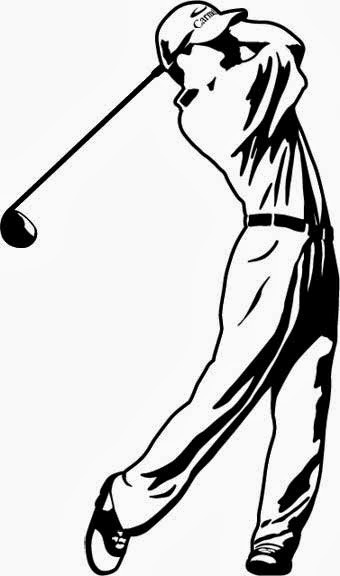Participation in something athletic is a great way of keeping active; whether it’s a round of golf with business colleagues, going to the gym to do weights or yoga, jogging along the waterfront, tennis, swimming or biking at the weekend.
Most people think of their sport as a way to get their strength and conditioning. But the more active you are the more you need a proper strength programme to achieve balance.
Examples are golfers or tennis players, who do a lot of flexion (bending forward) and rotation on one side. It is easy to understand this can develop a muscular imbalance.
It can also create a lot of niggles or injury. You may be a seasoned athlete or just a weekend warrior; either way, these pains are no fun at all.
Discomfort may not take you out of the game but constant low-level nagging of neck, shoulder, back or knee, or a strained Achilles tendon, are a warning something is not right. A lot of these come from lack of base conditioning.
Everyone’s body position is different and needs appropriate foundational exercise; this is why an assessment is needed to determine what you need.
Take two different people. One could be loose and floppy in their joints and need a lot of stability and strength to sustain their structure with little need for stretching. The other might need a lot of mobility and stretching before a strengthening programme.
There is a definite order of importance in conditioning: Corrective stretching, mobilisation, stability, strength and then sports-specific training.
Failure to comply with these fundamental rules creates constant troubles such as back and joint pain, hamstring and rotator cuff tears, disc injuries and more.
Quite often a lot of damage has already been done within the spine and joints from many earlier years of sports.
But even if you have spine or joint degeneration, getting the body back to a favourable position and stabilising it can prevent further damage and reduce pain.
A Conditioning Program
• A specific stretch and mobility programme might involve 15-20 minutes daily to loosen tight musculature. Tight muscles will pull the joints out of their optimal alignment.
This is not about stretching for a particular sport but to have optimal resting joint position so they don’t wear out and become painful.
• A stability, strength and functional movement programme might be done 2-4 times a week. Joints need intrinsic stability of the smaller muscles.
• Your strengthening programme should also mimic your sporting patterns and correct imbalances.
• Invest in skilled advice when it comes to your athletic performance. If you need a lawyer or an accountant, you would not hesitate to hire professionals. The body requires similar knowledge and attention.
You can find much more information on living a holistic lifestyle in these free magazines and on our YouTube channel.
Michelle Owen – See more at www.michelleowen.co.nz Corporate Health and Wellness Speaker, Postural and wellness specialist, Corrective Holistic Exercise, Kinesiologist






